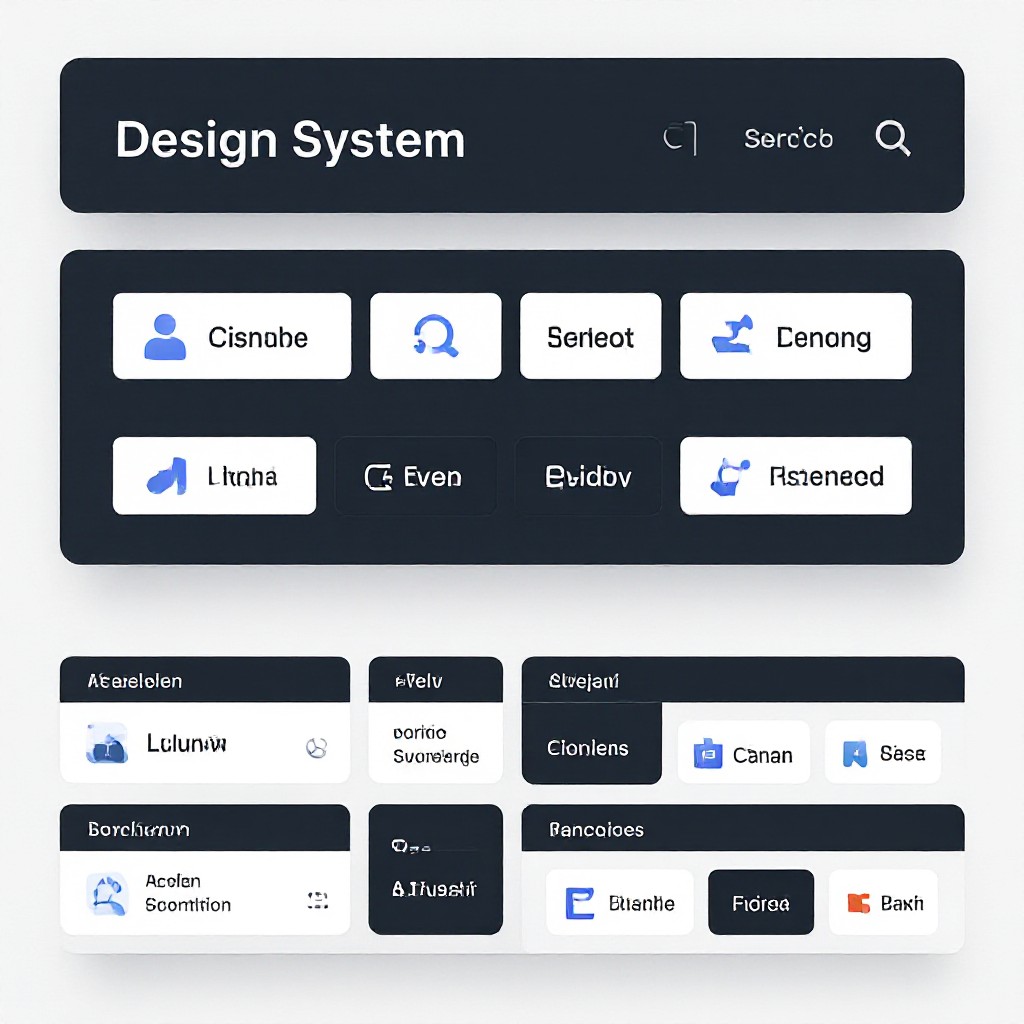60 seconds website — Launch a Professional Site in Under 60 Seconds
Get a fully functional, mobile-responsive website live in 60 seconds with Congero's AI-powered process. Learn how it wor...
Read MoreSuccessful studios combine recurring revenue (retainers or subscriptions), higher-margin strategic work (brand & UX), and efficient delivery (templates, systems, and automation). This guide turns that theory into an executable plan.

The design agency business model defines how your studio creates value, charges clients, and turns revenue into profit. In 2025 top agencies mix three pillars: recurring revenue (retainers/subscriptions), project-based work (fixed-fee or hourly), and value-based engagements (pricing tied to impact). The key to scaling is systemising delivery and turning one-off projects into predictable income.
Focus on value, efficient delivery and predictable cashflow.
Mixing models reduces risk. Below are practical examples and pricing starting points.
Monthly fee for ongoing design work, updates, performance optimisation and reporting.
Project fee for a defined deliverable: website, brand refresh, campaign creative.
Price aligned to quantifiable client outcomes — e.g., conversion uplift, revenue growth.
Fixed-scope, scalable packages (e.g., 3-page website for $1,499).
Use these as starting points — customise for your market and cost base.
Good packaging simplifies sales and makes delivery repeatable.
From referrals to productised lead magnets, diversify channels for steady growth.
Highest conversion and margin. Formalise referral commissions or reciprocal partnerships with agencies selling complementary services (dev, SEO).
PPC or social campaigns for fixed-scope packages (e.g., 3‑page site). Use landing pages, clear pricing, and automated intake to reduce friction.
Case studies, design systems showcases and templates build trust for higher-ticket deals. Repurpose content across LinkedIn and email sequences.
Staff the business to deliver consistently and maintain margins.
Document onboarding, discovery questions, review cycles and acceptance criteria. Repeatable playbooks reduce scope creep and speed deliveries.

Pick one or combine: productise, licence, partner, or verticalise.
Turn services into standard, low-touch products to sell at volume.
Deliver under other brands to access broader markets without sales overhead.
Specialise in one industry (e.g., health, finance) and own the narrative.
Build a small SaaS or template product to complement design work and provide recurring margin.
Track these KPIs to keep growth healthy and profitable.
Revenue minus direct delivery costs. Target 55%+ for boutique agencies; 40–50% for high headcount teams.
Billable hours divided by available hours. Aim 60–75% to balance utilisation and burnout.
LTV should be at least 3x CAC. For retainers, longer contract terms dramatically improve LTV.
Secure enough recurring revenue to cover payroll + 30% overhead before scaling headcount.
Stop charging purely on hours. Tie price to value where possible — it increases margins and client satisfaction.
Relying on referrals only creates volatility. Build productised funnels and partnerships to fill a baseline of work.
Use clear SOWs, change request processes and hourly rates for out-of-scope work to protect margins.
Run this checklist quarterly to keep the business healthy.
Answers to the most common agency business model questions.
Use Congero to spin up portfolio sites, productised offer pages or client landing pages — all mobile-ready and optimised for search. Start with a free demo and customise via text messages. Domain, hosting and updates included for $49/month.
SEE A DEMO SITE NOWGet a fully functional, mobile-responsive website live in 60 seconds with Congero's AI-powered process. Learn how it wor...
Read MoreLearn how to select, collaborate with, and maximise ROI from a design agency. This step-by-step guide covers definitions...
Read MoreDiscover affordable small business website design services that deliver professional, mobile-responsive sites with local...
Read MoreLearn how to get an affordable small business website that looks professional, ranks locally and costs just $49/month. S...
Read MoreEnter your name and number and we'll get you started immediately. Get your demo in 60 seconds.